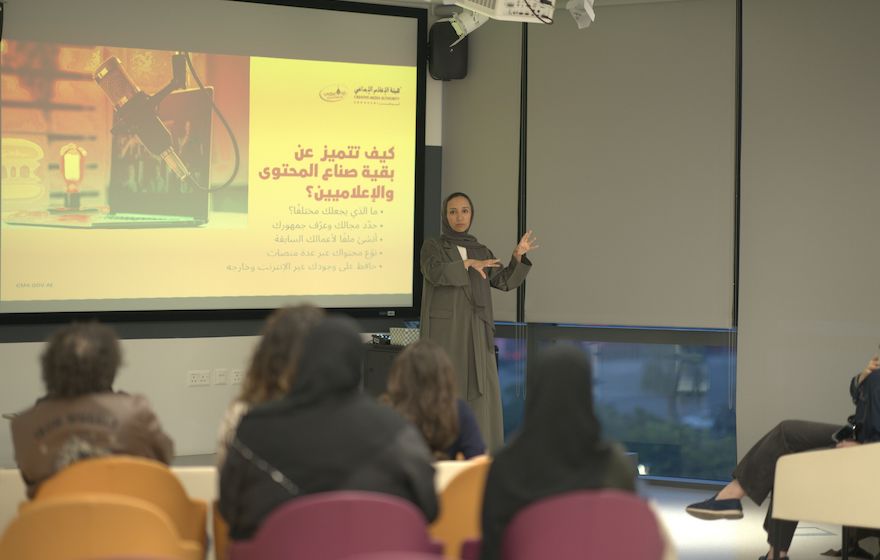At Cheil MEA, we’ve found that nurturing collaboration and creativity is essential for innovation. Most agencies are a melting pot of ideas, thoughts, backgrounds, cultures, and beliefs, all united by the common purpose of creating something unique. It is essential to nurture this environment to pave the way for creativity. Here are a few key practices that can help any agency create a thriving work environment.
Most agencies are a melting pot of ideas, thoughts, backgrounds, cultures, and beliefs, all united by the common purpose of creating something unique. It is essential to nurture this environment to pave the way for creativity. So, let’s take a look at some key “ingredients.”
In the world of agencies, these ingredients translate into precise, and most importantly, consistent practices that effectively nurture a collaborative and innovative environment.
Inspirational Sessions
In other words, storytelling sessions. Let’s face it, storytelling is nothing new. We all heard stories growing up, many of us now tell stories to our children, younger siblings, or others. I will never forget how my little sister’s eyes would light up every time I made up a story where Peter Parker (Spiderman) was talking to her at the park! We tell each other stories every day – they are just packaged differently nowadays.
Not every work session has to be about the latest trends, data, AI, or new technologies. Inspiration and connection happen when we, as humans, are moved by an external force, and a story is one of them. We all have a tale to tell, so why not set up weekly storytelling sessions where employees can share their personal experiences? A story can evoke a feeling, a memory, or spark a thought. More importantly, the practice itself promotes and enhances key aspects that encourage collaboration, innovation, and seeing things from a new perspective.
It’s a great way to learn, relate, and get to know your colleagues better, while connecting with them as individuals.
Implementing and Embracing Flexible Working Locations
In today’s world, does it really matter if someone is sitting at a desk in the office or working from a café somewhere and still getting the job done? No, it does not. As long as the job is delivered on time, responsibly, and meets the highest standards, the location is irrelevant.
Unfortunately, many agencies still haven’t adopted this mindset. Physical presence in the office is often seen as a must, preferred over remote work options. I think it’s time we embrace this particular flexibility and start considering it as the norm, rather than a granted privilege.
Creating Suitable Work Spaces
If we want to encourage innovation, we need to have the right ambiance to support it. You can’t put someone in a dark room and ask them to create shadowgraphy/ombromanie. Unfortunately, many companies do not invest in creating pleasant workspaces for their employees, yet expect them to spend 8 to 12 hours a day in those spaces. We are in the creative field, so if you want your employees to innovate, providing an environment that stimulates creativity is crucial. This could mean incorporating relaxation areas, using specific color choices across the office, and providing more spaces with natural light.
Be Kind
Promote understanding and kindness. I know it may sound silly, but it’s essential.
This domain can be brutal at times – tight deadlines, aggressive communication, and disrespectful encounters from various directions can take a toll on anyone, no matter where they are in their career. Years of experience don’t make anyone immune to disrespect, unrealistic working conditions, or pressure.
So instead of promoting a “toughen up” mentality, let’s promote kindness, which translates to respect, understanding, and a healthy working environment. People will then want to work together, communicate, and take risks as a team without the fear of being judged or labeled.
These are just a few practices that can contribute to elevating the work environment. There is no science to it: happy people perform better, and collaboration often results in innovation.






